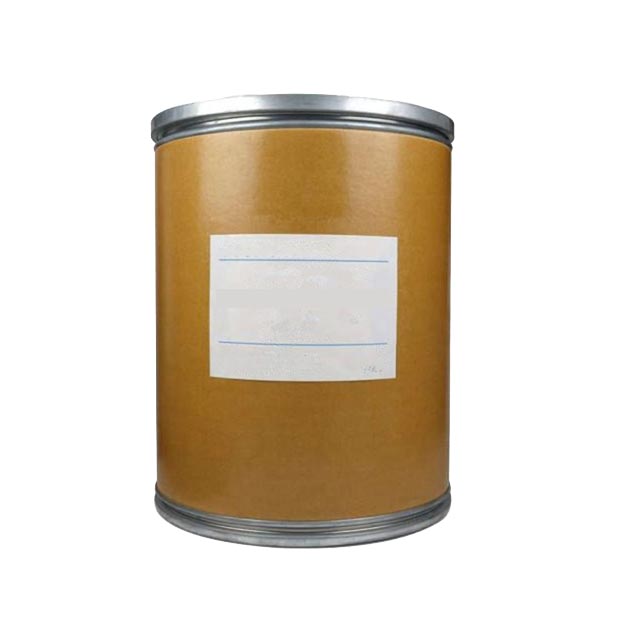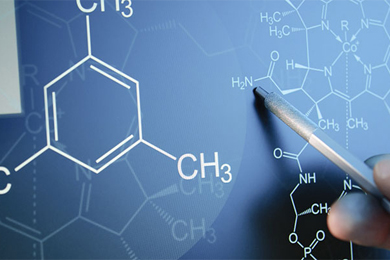
Search

Search



Bromocresol Green (BCG) is a pH indicator dye commonly used in various chemical and biological applications. It has the chemical formula C21H14Br4O5S and is a derivative of cresol. Bromocresol Green is used to visually indicate changes in pH, specifically in the range of 3.8 to 5.4, transitioning from yellow at lower pH values to blue at higher pH values.
Color Change Range: Yellow (at acidic pH) to Blue (at basic pH).
pH Range: Around 3.8 to 5.4.
Appearance: Typically, it appears as a dark blue powder or a dark green solution in its acidic form, but it changes to yellow as the pH becomes more acidic.
Bromocresol Green (BCG) is widely used in various scientific, laboratory, and industrial applications due to its ability to visually indicate pH changes. Some of its key applications include:
Titration of Weak Acids and Bases: BCG is used as an indicator in titrations, particularly for weak acids or bases, where the pH transition range (around 3.8 to 5.4) is critical. It helps to pinpoint the endpoint where the pH shifts from acidic to neutral.
Albumin Measurement in Blood: BCG is commonly used in clinical chemistry as part of a colorimetric assay to measure the concentration of albumin in blood serum. The protein binds to the BCG dye, which causes a color change that is proportional to the albumin concentration, making it useful for diagnosing various health conditions like liver or kidney disease.
Urinary pH: It can also be used in some diagnostic tests to measure the pH of urine, helping to assess certain metabolic disorders or the status of kidney function.
Soil pH Measurement: BCG is sometimes used in agricultural and environmental chemistry to measure the pH of soils, which can influence plant growth. The indicator helps to determine whether the soil is too acidic or too alkaline for optimal plant health.
Water pH Testing: In some industrial or environmental applications, BCG is used for measuring pH in water samples, especially when monitoring the acidification or alkalinization of water bodies.
Buffer Solutions: BCG is used in preparing buffer solutions in biochemical experiments where controlling the pH is crucial. The indicator helps to ensure the solution stays within a specific pH range, especially for enzymes or proteins that are sensitive to pH changes.
Electrode Calibration: BCG can be part of systems used to calibrate pH electrodes or sensors. The dye helps in the calibration process by providing a clear visual transition of pH during the calibration procedure.
Quality Control: In food processing, BCG can be used to monitor and adjust the pH of products like sauces, beverages, and dairy, ensuring the product's stability and consistency.
Formulation pH Monitoring: Bromocresol Green can also be used in the development of cosmetic or pharmaceutical products to monitor pH, which affects the product's stability, texture, and efficacy.
Laboratory Education: It is frequently used in educational settings for teaching students about pH, acid-base chemistry, and the properties of indicators. The color change from yellow to blue helps demonstrate the concept of pH and acid-base titration in a visually engaging way.
Process Control: In some industrial processes that require precise control of pH (such as in the manufacture of chemicals, fertilizers, or detergents), Bromocresol Green is employed as part of the quality control system to monitor and adjust pH levels in real time.
pH below 3.8: Yellow (acidic)
pH 3.8–5.4: Green (transitional)
pH above 5.4: Blue (basic)
These applications make BCG a versatile indicator in many fields, especially where pH monitoring and precise acid-base titrations are required.

Fortunachem Provides Not Only Professional Chemical Products But Also Professional Help
Keeping you up-to-date with all the latest information, news, and events about Fortunachem!

Quick Links
Add:
E-mail:
 English
English  Español
Español  français
français  العربية
العربية 






